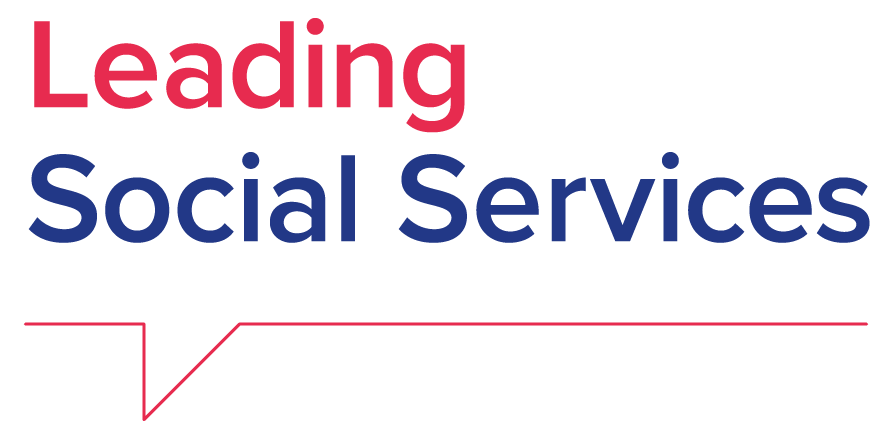Social services directors met to discuss the coordination of services to ensure successful transitions to adulthood for care leavers.
More extended and graduated transitions to adulthood should be planned for young people leaving state care, was the main conclusion of the second meeting of ESN’s Working Group on Integrated Care and Support .
Directors of social services from 12 countries met on 26-27 September in Edinburgh (Scotland, UK) to assess how to improve cooperation among different agencies and organisations to ensure successful transitions to independent lives for care leavers. But, what are some of the inspiring practices out there?
Corporate parenting is a model of care for children in care and care leavers that is proving to be successful in the UK. Corporate parents are local authorities and their relevant partners (any other public or private actor who contributes to services provided to children in care and care leavers). To support Scottish local authorities in implementing the model of corporate parenting, several organisations adopted the Scottish Care Leavers Covenant, which includes four guiding principles:
- continuity of care
- relationship-based practice
- graduated and extended transitions
- assumption that young people are entitled to additional support.
Thanks to the adoption of the corporate parenting model in the Children and Young People (Scottish) Act in 2014 and the Covenant, public authorities in Scotland are shifting towards a more coordinated way of working which improves the support for young people leaving state care and their transition to adulthood.
An interesting example on transition from education to employment came from Finland where Ohjaamo centres which are multi-agency services offering one-stop guidance to young people up to the age of 30. Their aim is to reduce unemployment by helping young people navigate the system, claim benefits they are entitled to, and access all services available to them. From an organisational perspective their success is attributed to stable funding, a joint budget and a common management structure between agencies.
Finally, the importance of support networks was mentioned as a key factor for care leavers. One such example is YouthLinks, a digital platform providing care leavers with peer-to-peer support, tools and a supporting network of professionals to help with the transition to independence. Youthlinks also allows social workers and corporates to connect with care leavers so they can provide specialised support.
In conclusion, members of the Working Group agreed that successful transitions to adulthood for care leavers should embed the following elements:
- Gradual transitions based on needs and not just age
- Relationship-based care
- Cooperation among all services involved with the young person
- Involvement of young people both in policy-making and evaluation of services.
Resources
- Programme and presentations of the 2019 working group meeting – event page
- Programme and presentations of the 2018 working group meeting - event page
- ESN Report - ‘Integrated social services in Europe’
- ESN Report – ‘Investing in Children’s Services, Improving Outcomes’
- OECD (2015). Integrating Social Services for Vulnerable Groups.
- SOS Children Villages International (2019). Youthlinks.

